The Star included a map of “Greater Toronto’s language quilt” in their Ideas section today compiled based on recently released 2006 census data. The map is hidden away on their website in a massive (c. 20MB) pdf file (if you dare, here’s the link), so here are some more easily digestible images of the spread’s content (click to enlarge).
While we love to trumpet Toronto’s diversity, it’s nice to have some statistical proof to back up our claims. It’s pretty fascinating that the second largest language group in the GTA (by mother tongue) only represents 3.5% of the population, and yet with only 56% of the GTA reporting English as a mother tongue, the balance of 44% is made up of an incredibly diverse group of languages.
The Star describes their methodology for the creation of the main map (above):
BUILDING THE MAP OF SECOND LANGUAGES
Our challenge was to show the many language communities while retaining the areas where English overwhelmingly dominates:
– Only languages that ranked second in at least 5 census tracts are shown on the map.
– To replace English — the dominant language in 95% of census tracts — the second language must be above its GTA average.
– If languages were tied, the census tract was assigned to the language that was highest compared to its own GTA average, representing a more significant pocket.
Crossposted to bricoleurbanism.org as part IV of a series – to view the three earlier parts follow these links:
Mapping our urbanism part III – water mains

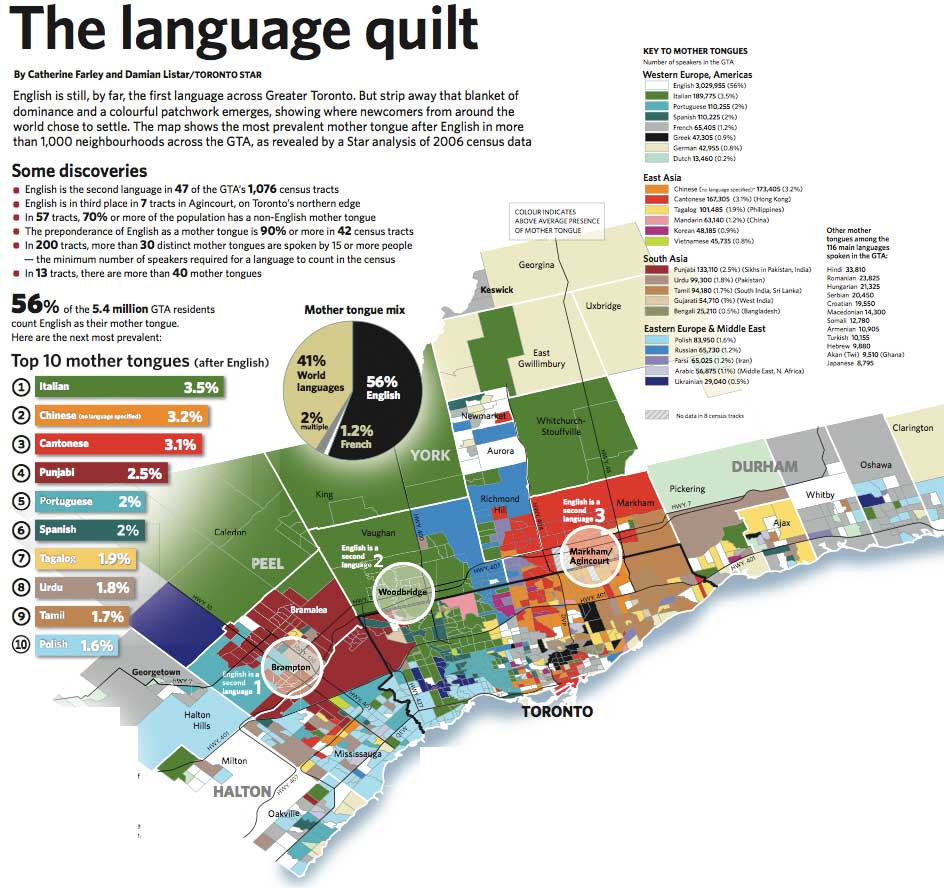
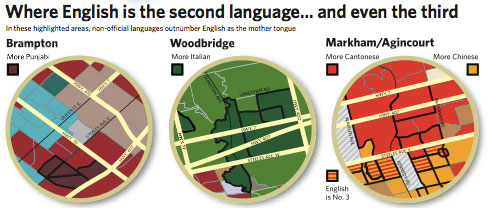
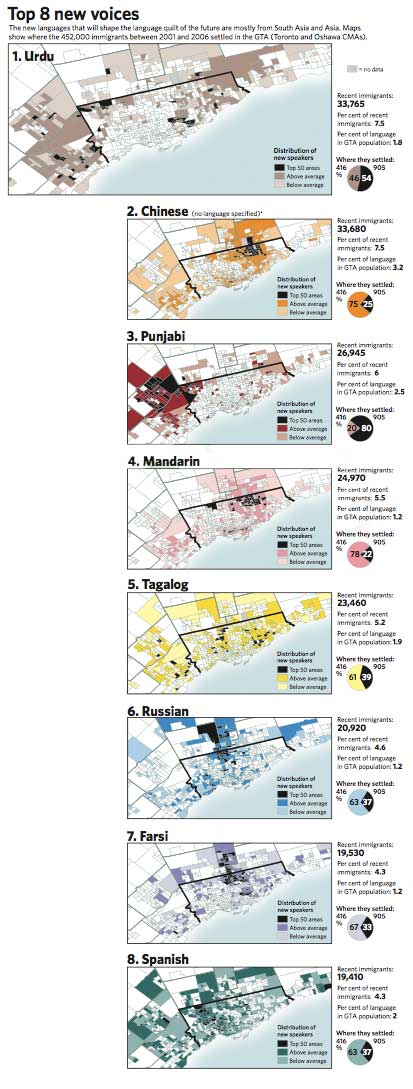
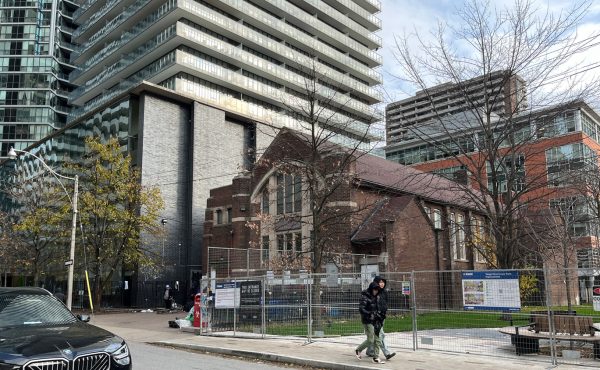

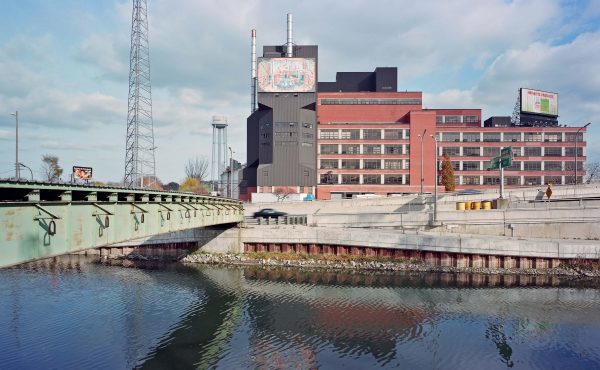
9 comments
Well I would have missed this, so thanks, great post. I’m really surprised that the number of Bengali speakers is so low, though.
I would have missed it too. That’s pretty cool. I’m actually surprised at the rate of Polish speakers in my neighborhood. I would have thought it was higher.
By far the largest language group, if you add the dialects together, is Chinese, with 7.7% of the population or over 400,000 speakers. Time to make Chinese an official language!
Yes, how is it that they separated Chinese as “no language specified” and then put Mandarin as something different? Confusing.
@Chris: You mean Cantonese?
I reckon people, when surveyed, either put “Cantonese” or just “Chinese”, with few mentioning any other dialects. Perhaps those who speak Mandarin only happened to be a bit vague, while enough of those speaking Cantonese wrote it down particularly.
Gloria, I was looking at the Top 8 Voices diagrams. I hadn’t even noticed in the Markham/Agincourt section how they listed Cantonese and then Chinese as separate. Interesting.
But yes, speaking from experience since I live in Markham and work in Agincourt, it is filled to the brim with Cantonese speakers and much of downtown is Mandarin speaking, I think.
And it could even be more complicated, since many Mandarin speakers I know actually speak Mandarin as a second language after the local dialect from their home region (where “dialect” can be a totally distinct language eg Shanghainese which is a dialect of Wu Chinese and not mutually intelligible with Mandarin). Whereas in Toronto we usually presume a Mandarin/Cantonese dualism, the real situation of spoken Chinese is quite complicated, though Mandarin is overwhelmingly the majority language in China, local dialects of Mandarin can be significantly different since Standard Mandarin (the “official” language) refers to the Beijing dialect…
see http://en.wikipedia.org/wiki/Chinese_spoken_languages
I took it as being pretty obvious that “Chinese (no language specified)” means that the respondant didn’t specify which Chinese language they spoke. They were counted separately from the people who said “Mandarin” or “Cantonese”.
You’ll see that the total number of Mandarin and Cantonese speakers outnumbers the number of “Chinese (no language specified)” speakers.
Ted, I was speaking to someone from Shanghai today and she said that the official language of China is now known as “Chinese” and of course Mandarin is something separate. So I guess now Chinese has really become the umbrella from which all dialects originate. I don’t really like that.